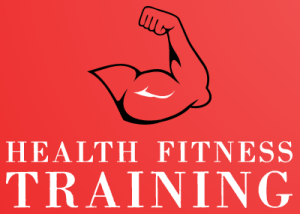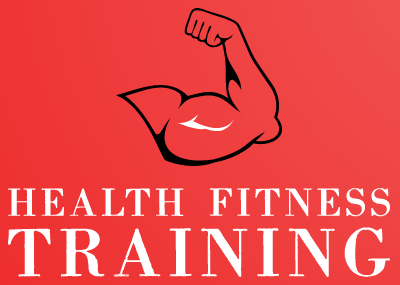Muscle strains, also known as pulled muscles, are a common injury that can occur during physical activity or daily tasks. They happen when a muscle or its surrounding tendon is overstretched or torn, leading to pain, inflammation, and limited mobility. Muscle strains can range from mild to severe, depending on the extent of the injury. Here is an overview of muscle strains, including their causes, symptoms, diagnosis, treatment, and prevention:
Causes: Muscle strains typically occur when a muscle is subjected to sudden or excessive force or stretched beyond its normal range of motion. Common causes include:
- Overexertion: Intense physical activity, particularly without proper warm-up or conditioning, can strain the muscles. Activities like weightlifting, running, jumping, or sudden acceleration/deceleration movements are often associated with muscle strains.
- Poor Technique: Incorrect form or technique during exercise or sporting activities can put excessive stress on the muscles, increasing the risk of strains.
- Fatigue: Muscles that are tired or fatigued are more prone to strains as they are less able to absorb force and maintain proper control.
- Lack of Flexibility: Insufficient flexibility in muscles and tendons can make them more susceptible to strains.
Symptoms: The symptoms of a muscle strain can vary depending on the severity of the injury. Common signs and symptoms include:
- Pain: Muscle strains typically cause localized pain, which can range from mild discomfort to severe pain, depending on the extent of the injury.
- Swelling: Inflammation and swelling may occur around the affected muscle, leading to localized swelling and tenderness.
- Muscle Weakness: A strained muscle may feel weak or have reduced strength, limiting movement and functionality.
- Restricted Range of Motion: Muscle strains can result in limited movement and reduced flexibility in the affected area.
Diagnosis: To diagnose a muscle strain, a healthcare professional will typically conduct a physical examination and review the patient’s medical history. They may ask about the circumstances surrounding the injury and perform specific tests to assess muscle strength, range of motion, and the presence of pain. In some cases, imaging tests like X-rays, ultrasound, or MRI scans may be ordered to rule out other potential causes of pain or to evaluate the extent of the muscle injury.
Treatment: The treatment of muscle strains aims to relieve pain, reduce inflammation, promote healing, and restore normal muscle function. Common treatment options include:
- Rest: Resting the affected muscle is crucial to allow the healing process to take place. Avoid activities that aggravate the injury and give the muscle time to recover.
- Ice and Heat Therapy: Applying ice packs in the early stages of the injury helps reduce inflammation and pain. After a few days, heat therapy can be used to promote blood circulation and relax the muscles.
- Pain Relief Medications: Over-the-counter nonsteroidal anti-inflammatory drugs (NSAIDs), such as ibuprofen or naproxen, can help alleviate pain and reduce inflammation. However, it’s important to follow the recommended dosage and consult a healthcare professional if needed.
- Compression and Elevation: Using compression bandages or wraps can help reduce swelling, while elevating the injured limb can aid in draining excess fluid and reducing inflammation.
- Physical Therapy: In severe cases or for recurrent strains, physical therapy may be recommended. A physical therapist can guide you through exercises and stretches to rehabilitate the injured muscle, restore strength and flexibility, and prevent future strains.
- Gradual Return to Activity: Once the pain subsides and the muscle begins to heal, a gradual return to normal activities or sports can be initiated. It’s important to start slowly and progressively increase intensity and duration to avoid re-injury.




